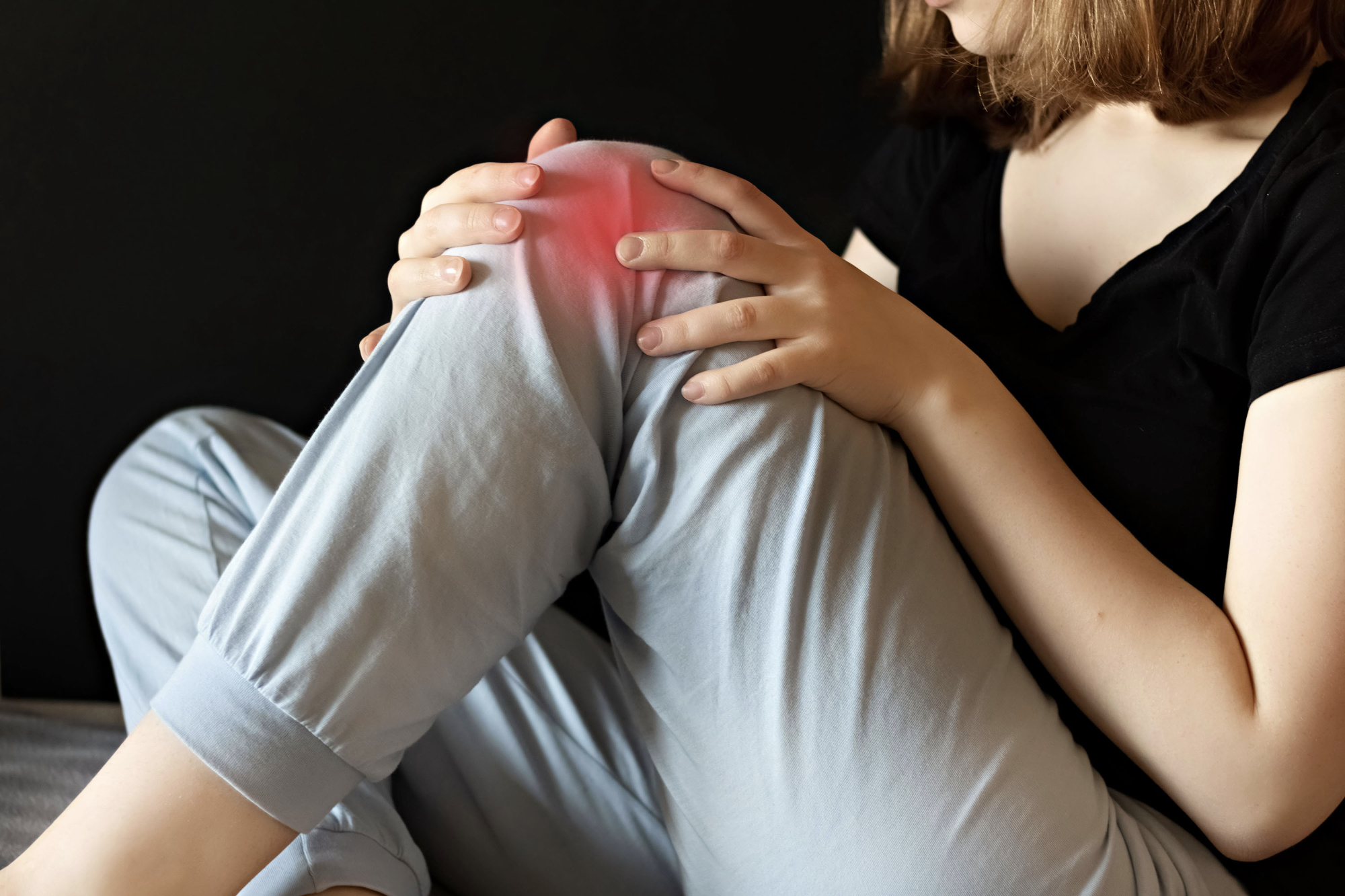Understanding Knee Arthritis
March 15, 2021
Knee pain keeping you up at night? Struggling to bend your knee? You may be suffering from osteoarthritis, or degenerative arthritis of the knee. There are more than 100 types of arthritis, with the most common types being osteoarthritis and Rheumatoid arthritis. The Arthritis Foundation estimates that 27 million Americans suffer from osteoarthritis. While young people can get arthritis, it is more common in individuals over the age of 45.
What is it?
Arthritis refers to joint pain that is usually characterized by swelling and tenderness. It may be caused by an infection or an injury. The development of arthritis can speed up the breakdown of cartilage that naturally occurs. Osteoarthritis is caused by wear and tear on the joints and often happens with age. When cartilage wears down, there is less cushion for the joints and bones can begin to rub closely together—resulting in pain, swelling, decreased mobility, and stiffness. Rheumatoid arthritis is an autoimmune disease or inflammatory condition and typically affects the entire body. Rheumatoid arthritis can happen at any age. Arthritis in the knee may also pop up after a knee injury.
Signs and Symptoms
The symptoms of arthritis often come on slowly. Pain may present itself after a period of inactivity, such as upon waking. You may feel pain or stiffness in the knee when climbing stairs or standing up after sitting for a period of time. As the cartilage continues to break down, you may notice pain not just when you’re moving the joint, but when you’re sitting still. The pain may feel like a dull ache or burning sensation. With knee pain often comes swelling. This can decrease your mobility and add to your pain level. As the arthritis progresses, your knee may become less stable. It may buckle or lock and make grinding or popping sounds. Your range of motion will decrease and movement can be incredibly painful.
Treatment
When the pain and swelling in your knee becomes noticeable and frequent, it’s time to see a doctor. Arthritis is progressive, meaning that it will continue to worsen as time goes on. The key to avoiding permanent damage is to seek treatment from your doctor as soon as possible. Treatment ranges depending on the cause and severity of the arthritis. Anti-inflammatory drugs may be enough to ease the pain and swelling, while some require corticosteroid injections. Low-impact exercises are encouraged, such as walking, swimming, or biking. Topical creams and heat/cold application can also be of assistance. If these treatments don’t help, your doctor may advise partial surgery, which removes the damaged tissue, or knee replacement surgery.
If you need advice deciding on the best option, Dr. Ron Clark and the Bone and Joint Center of Yuma would be happy to help!